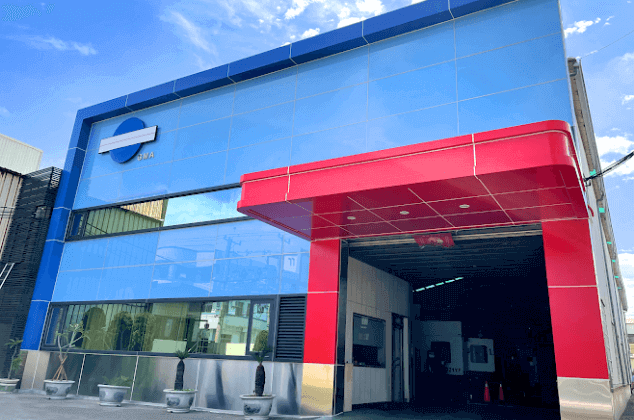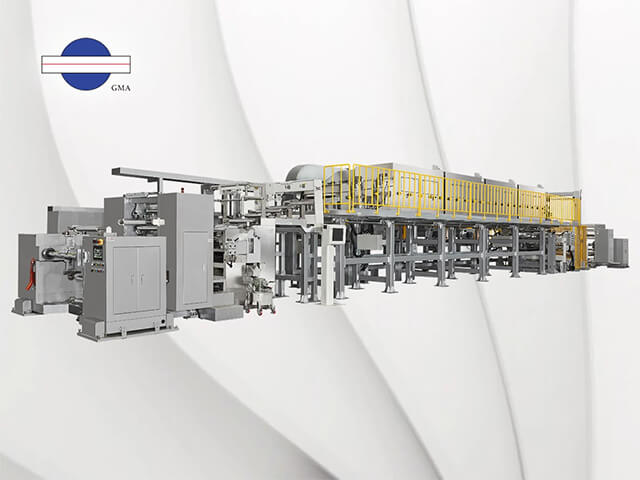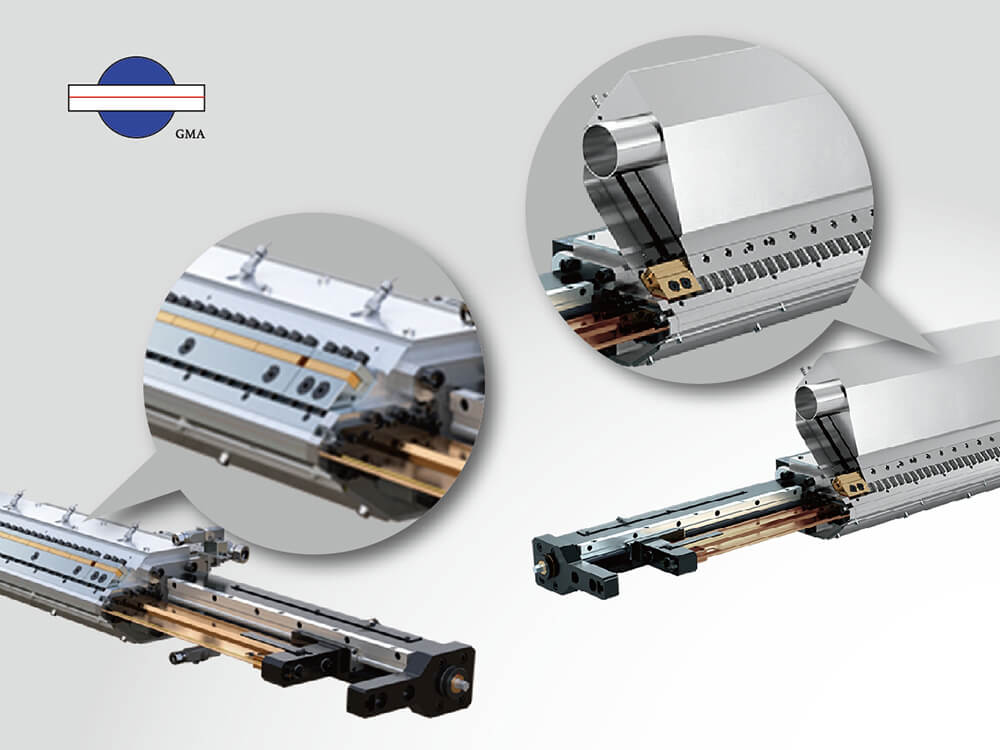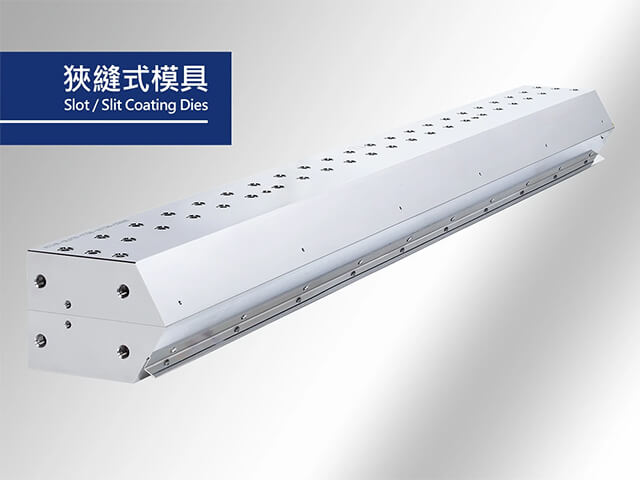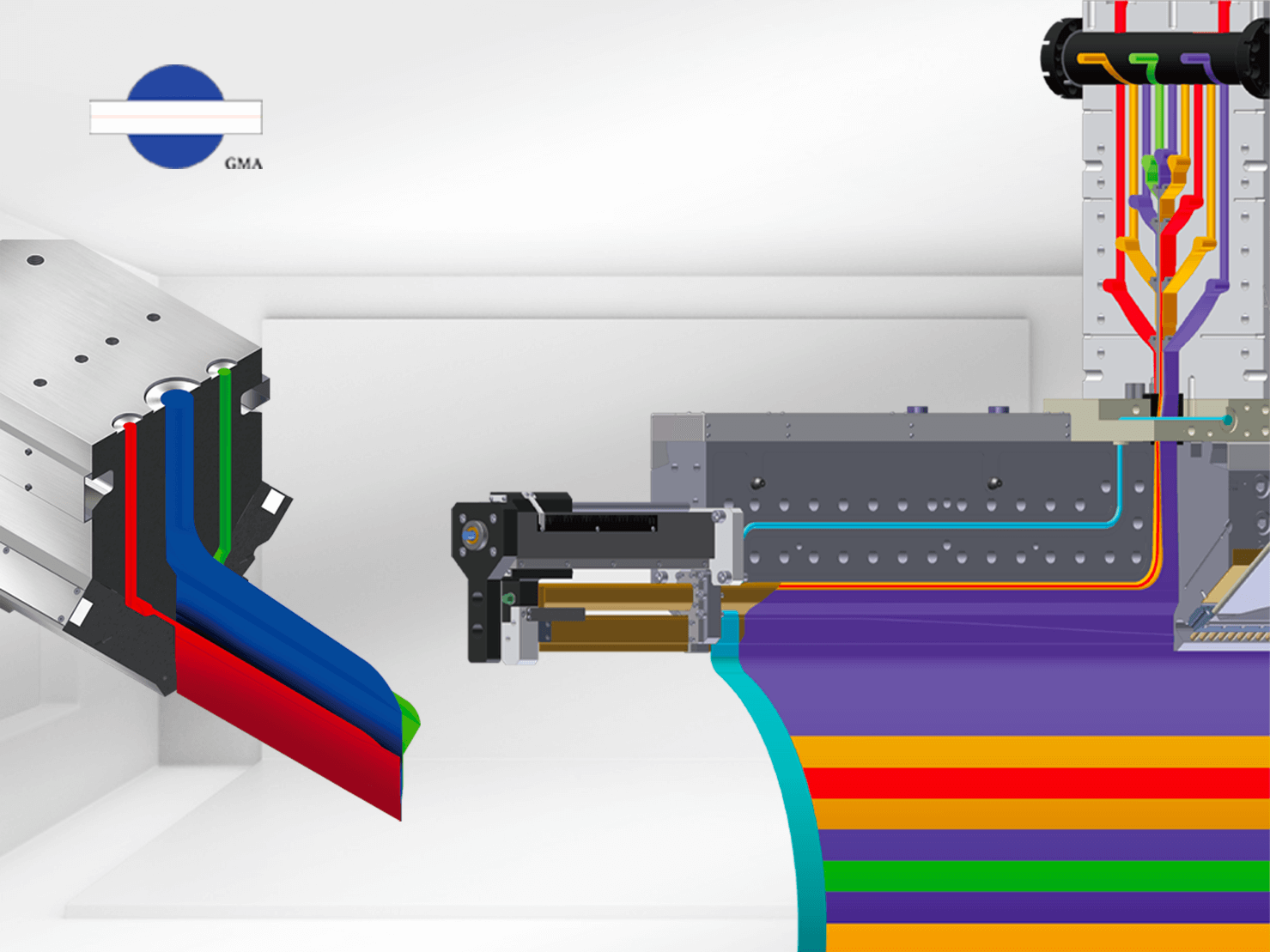Mold Flow Analysis: Unlocking Precision in Extrusion Die Design
2024.11.01What is Mold Flow Analysis?
Mold flow analysis refers to the use of software to simulate and calculate scenarios such as the flow behavior, even distribution, and molding of plastic within an extrusion die. It helps extrusion die designers avoid unsuitable designs and can also be applied to aid product development and optimize manufacturing processes. A common misconception about mold flow analysis is that simply inputting relevant data into the software, using mathematical models to calculate the results, will yield a perfect mold design. In reality, however, mold flow analysis only presents the phenomenon; its true value lies in the ability to analyze and effectively apply these results to achieve optimal outcomes.
Mold Flow Analysis—Expertise and Experience
Interdisciplinary Expertise Integration
Most mold manufacturers outsource mold flow analysis primarily because it is challenging to find a qualified mold flow analyst. While operating the software itself is not difficult, the real challenge lies in interpreting the analysis results and applying them to mold design. This process of converting analysis into practical application requires at least three areas of specialized expertise:
1.Understanding the properties of plastic materials
2. Familiarity with extrusion die flow channel design
3. Proficiency in extrusion die machining processes
 Mold flow analysis requires expertise in three key areas to transition from data to practical application: plastic material properties, mold design, and machining processes. This is not something a single engineer can fully master; rather, it necessitates collaborative teamwork.
Mold flow analysis requires expertise in three key areas to transition from data to practical application: plastic material properties, mold design, and machining processes. This is not something a single engineer can fully master; rather, it necessitates collaborative teamwork.
In practice, finding an engineer with in-depth expertise across all three areas is quite difficult unless they have extensive hands-on experience in these fields, which takes considerable time to accumulate. Moreover, different plastic molding methods require unique design considerations for each type of mold. For example, the design considerations for injection molding and extrusion die are distinct. Therefore, an engineer well-versed in injection molding might not be able to accurately analyze extrusion die flow. Additionally, certain plastic materials have properties specifically suited to either injection molding or other forming methods, which further complicates the analysis.
Read more: Extrusion Die Design: From Theory to Practice
The Value of Iterative Testing from Experience Accumulation
Extrusion die design utilizes mold flow analysis to identify suitable designs, but this is not a straightforward process. Operating mold flow software requires inputting a significant number of parameters. When the results of the mold flow analysis do not meet expectations, adjustments must be made to the parameters, including production and design parameters. Production parameters are often derived from the customer's production conditions and the material properties of the plastic. If production parameters remain unchanged, one must adjust other parameters to achieve the desired results, which is closely related to the experience in extrusion die design.
In the case of extrusion die, although each channel of dies may appear similar at first glance, they can be categorized by shape into T-shaped, coat hanger-shaped, and fish-tail designs. Even with the same coat hanger type channel design, variations in the depth and curvature of the main and auxiliary flow channels, as well as the length and height of the forming section, can significantly impact the final molding outcome. Therefore, multiple adjustments and model calculations are necessary, a process known as "trial molding." During this adjustment process, it is essential to consider the machining process as well. Through repeated confirmations, the gap between simulation and reality can be minimized, ultimately leading to the identification of the most suitable flow channel design.

Extrusion die design features various flow channel shapes, and even when using the same flow channel design, subtle differences in each design and machining parameter can significantly impact the molding outcome.
Therefore, a comprehensive mold flow analysis is not just a calculation result; it is a product of collaboration among a team with diverse areas of expertise, refined through the exchange of experiences among its members.
Read more: The base of innovation-customized service
Explore more Possibilities with Mold Flow Analysis
Mold flow analysis is not only useful for optimizing extrusion die designs but can also extend to optimizing production line processes and assisting in product development. It raises important questions, such as: What impact do adjustments in production formulas have? After changing a formula, how can one determine the appropriate production parameters? Which set of production parameters is most suitable?
Case Study 1: In response to market demands, a company adjusts the ratios of its current production formula but is uncertain whether the existing extrusion die can be used for production. Testing this could require substantial time and material costs.
Solution:
To address the adjusted formula, a material property assessment was conducted. The results from the mold flow analysis indicated that under unchanged production operating conditions and specifications, the uniformity of the output showed minimal differences. However, the team identified a condition not reflected in another analysis report, which involved experiential judgment during the analysis.
The modified formula had a higher solid content compared to the original, suggesting that while the existing extrusion die could accommodate simple production trials with the new formula, it might not be suitable for long-term, consistent production. If the increased solid content cannot be adequately melted through other means, it could lead to material accumulation and char formation within the die chamber. Therefore, it is recommended that the client adjust other production parameters or formula ratios, and consider replacing the extrusion die to accommodate the new formula.

No.1 to 3 are other formulas used by the client, while the 4th formula is necessary for the larger market scale. The 5th formula represents the newly adjusted ratio. If one only considers the calculated uniformity results without further professional analysis and interpretation, misunderstandings may arise.
Through team analysis and recommendations, the client can avoid excessive time and financial costs spent on testing while also gaining clearer guidance for adjustments to the new formula.
Case Study 2: The client's new product has completed testing and entered the mass production stage. They need to establish a new production line. Before the new line is set up, they are using the current production line for production. While this can meet production demands, the client believes that increasing the die chamber pressure may improve product yield but is concerned that adjusting the pressure values might have other implications.
Solution:
The mold flow analysis of the new product formulation reveals that even though the current extrusion die is not specifically designed for the new product formulation, the physical properties of the new and old formulations are similar, resulting in minimal differences in uniformity. However, the maximum pressure that can be increased within the die chamber is limited. To meet the client's requirement for higher inner pressure, the curvature and depth of the flow channel in the new die design can be slightly modified to enhance the cavity pressure while maintaining good uniformity performance.
By providing this analysis, the client can first adjust the existing production model and clarify the design direction for the extrusion die in the new production line.

The left image shows the production of the new product formulation using the existing production line die. The mold flow analysis indicates the maximum inner pressure that can be achieved while maintaining uniformity. The right image suggests minor design adjustments for the extrusion die in the new production line, which can increase the inner pressure while also achieving better uniformity, meeting the client's process requirements.
Case Study 3: Adjusting the width of the deckling system and simultaneously lowering the temperature on both sides to save energy may have certain effects on product molding.
Solution:
Through mold flow analysis of the six different formulations used by the client, it was found that utilizing the deckling system would increase the pressure within the die chamber. However, this factor was taken into account during the extrusion die's flow channel design, minimizing the impact on the uniform distribution of plastic within the chamber. While synchronously lowering the temperature on both sides during the use of the deckling system did not show significant effects on some formulations, it had a more pronounced impact on others. This phenomenon can serve as a reference for adjustments during production.

This is the simulation analysis for Formulation 1. On the left side, the distribution without using the deckling system is shown. The middle section presents the scenario with the deckling system in use, where a noticeable increase in pressure is observed, and the flow path of the plastic along the inner chamber side follows the deckling flow. On the right side, the scenario depicts the use of the deckling system while simultaneously lowering the temperature, which affects the flow of plastic on the sides. Here, a slight increase in pressure is seen, along with a change in the flow state.

Mold flow analysis is not just a tool; it is a technology that combines specialized knowledge and extensive experience. It assists extrusion die designers in creating dies that better meet production requirements. Through the professional team's experience and meticulous adjustments, it can provide clients with more suggestions and solutions in product development, production line optimization, and process improvements, thereby enhancing competitiveness and increasing capacity.


